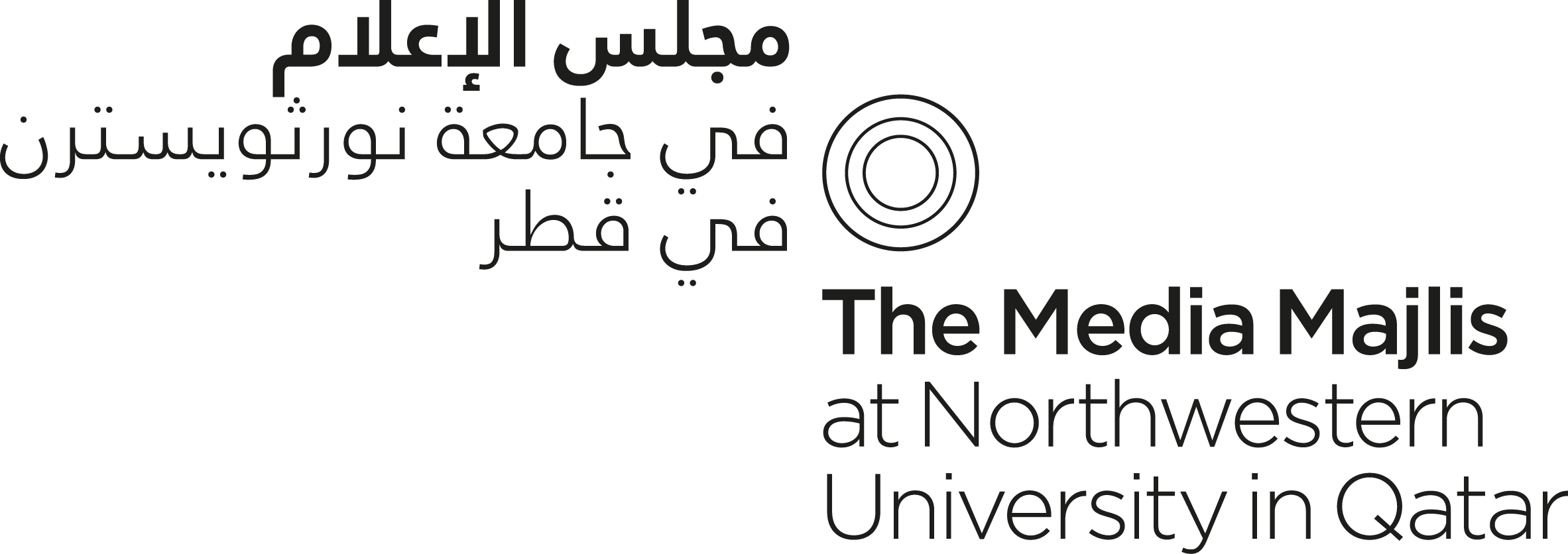Exhibiting film
The volume of digital material in Media Majlis exhibitions presents some unique challenges for the museum's registrar, the staff member responsible for securing content for exhibitions.

What is identity and what influences our understanding of our own, that of others, and the connections or distinctions we make between them?
Arab Identities explores how films have influenced our understanding of identity—our own identity and that of others. From the early silent film era, which presented desert landscapes of an exotic ‘Arabia’, to present-day Arab documentaries focusing on contemporary personal experiences in the region, films have portrayed multiple Arab identities to audiences worldwide.
Identity itself can be understood in many ways. Our sense of self can connect to our nationality, gender, class, language, heritage or ethnicity. These are associations that can both divide and bind us as individuals, nations, communities and societies. Arab Identities uses film as a medium through which these universal concepts and themes surrounding identity can be explored. Combining images, sound, graphics, language, music and costume, film provides a rich and powerful context for this exploration.
Dynamic displays incorporate printed promotional material and extracts from interviews with filmmakers, industry professionals and subject specialists worldwide. Our interactive exhibition space enables recent digitally made films to be viewed alongside much older footage that has been digitized by archives, museums and film companies. This provides a unique environment in which to consider how distribution, censorship and publicity have influenced how images in film have been received and understood over time.
This unique exhibition highlights the diversity and evolving nature of identity and the Arab world, as well as the powerful contributions that film has made to global knowledge, opinions, attitudes and values.
Arab Identities, images in film is accompanied by an illustrated publication. Part of our Voices and Conversations series this publication features essays and interviews by film historians, filmmakers, collectors and researchers. Available in Arabic and English in the Northwestern Qatar Bookstore and online.
(127 pages, soft cover; 30 images, full color; QAR 100)